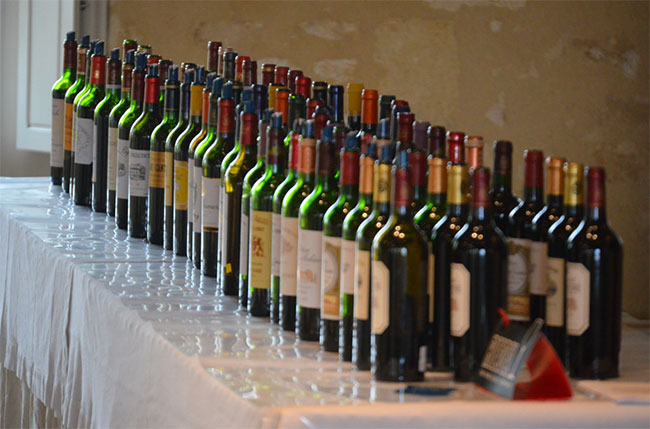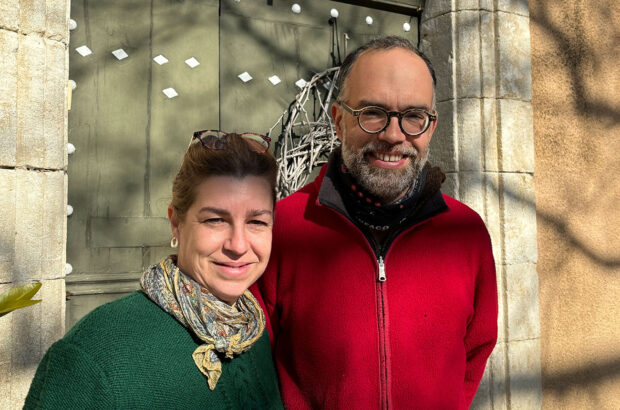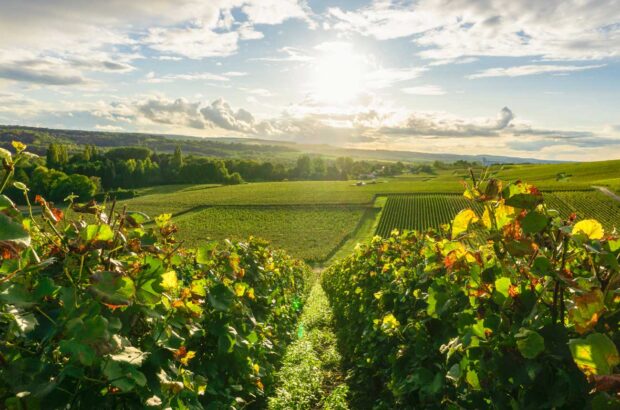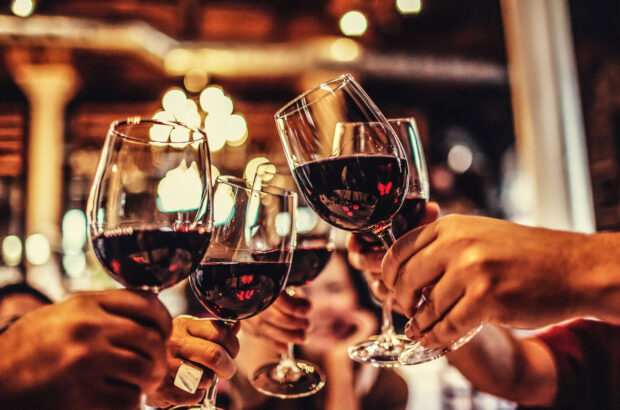How can you get the most out of tasting wine? It's a personal conversation between you and the contents of your glass, but remember that most of what’s important is said only in retrospect, writes Jane Anson in her latest column.
Anson on Thursday: Tasting wine
‘If harmony and balance are the hallmarks of a good wine, what distinguishes great wine is the length and aromatic character of its aftertaste.’ So said the great Emile Peynaud in his landmark 1983 book, ‘The Taste of Wine’.
Caudalie
This “aftertaste” is also known as the caudalie; the persistency or the resonance of a wine, and is more commonly referred to as its length. The instant after you have swallowed is when you give a wine the chance to show itself – and the best ones build rather than diminish in power. We know this instinctively; it’s what separates a 2010 from a 2007, a Merlot grown in Entre-deux-Mers from the same grape grown on the Pomerol plateau.
It is the single clearest way to pinpoint when a good wine becomes great, and when a great one becomes incredible, and yet it’s the easiest part of tasting to miss.
Not surprising really. Sensations involved in the finish of a wine are complex; a blend of taste, smell and the ‘common chemical sense’ as scientists refer to the reaction of our sensory system and nerve endings to an outside stimulus.
We are responding to a diminishing number of volatile taste and aromatic elements, brought together with, as Peynaud put it, ‘an echo, a memory of sensations now past; as though the senses remain stimulated after the stimulus has disappeared’.
Subtleties of tasting with Jeane-Claude Berrouet, Pétrus
I wanted to better understand why this is true, and so met up with Jean-Claude Berrouet, winemaker of Pétrus for 40 years and a man who is pretty much unequalled when it comes to careful consideration of the subtleties of tasting.
We meet at his family home in Montagne-Saint-Émilion, a farmhouse-style building set on a narrow winding road near to the neighbouring village’s 11th Century church, itself built on Roman ruins. On the table as I walk in to the front room, neatly laid out on a low table, are two small glass tea-cups and three large jars of honey.
‘The rules of tasting are the same whether we are thinking about tea, coffee, food or wine,’ he says, by way of explaining why there are no wine glasses on view.
‘And whatever we are tasting, the first thing to hit us, after one or two seconds, is sweetness. This is followed by acidity and saltiness. The last taste, that doesn’t become perceptible until after eight or ten seconds, is bitterness. And it is this element of taste that can be overlooked unless we give the persistency of wine our full attention. If not, we eliminate an essential part of a wine’s character.’
Tea-Cups
With this in mind, we first take up the cups one by one, gently steaming with aromatic tea. The second is notably sharper and more astringent than the first. It is both stronger and yet shorter, its initial aromas more pungent, but its after-taste less richly aromatic, with its bitter edge pulling the other flavours up short.
Both are the same oolong black tea. The difference is in how long they have been steeped. Three minutes for the first glass and 15 minutes for the second, so making the bitterness unmissable. It is still there in the first tea, just in better balance – one of the things that is surely so enjoyable about tea is its subtle bitterness.
It’s an aspect of taste that most of us learn to love as we get older. Think anchovies, olives, black coffee, radishes, gin and tonic.
Jars of Honey
The honey has to be approached quite differently. All three have clear sweetness on the first taste, but the sweetness never entirely fades away, making it harder to separate out the other flavours on the finish.
The first two honeys – acacia then alfalfa – are from Navarra in northern Spain, the third is a dark and smoky chestnut honey from the French Pyrénées. They have been laid out from the sweetest to the most bitter. The most enjoyable, for me, is the second alfalfa honey (‘go back to compare and check,’ Berrouet urges, ‘you should always go back and check in tasting’). I do so, and still find that it has subtle spicy and floral aromatics.
The sweetness is cut through with a slightly bitter finish, but in a less overpowering way than with the chestnut, while the acacia was so sweet as to become cloying.
Both of these tastings are easy to reproduce at home, and hugely instructive as a simple explanation of how balance is both the base of pleasure, and at the heart of drawing out and prolonging flavour.
‘You can’t taste 100 wines in one sitting’ – Berrouet
‘If a wine is too bitter, too acidic, too astringent or too high in alcohol, there will always be a rupture in the aftertaste, which means it will lack persistency’ says Berrouet. ‘It’s only a synergy between all the elements that means there is no rupture. You have to take time with the wine to realise this, give it a chance to show you its shortfalls or successes.’
He adds, ‘The ease with which so many tasters miss this is why I object to marathon wine tastings like Bordeaux en primeur. You just can’t taste 100 wines in one sitting. Each one needs minutes to unveil itself, and the aftertaste is the most instructive moment for understanding quality. Otherwise you get drawn to upfront sweetness and miss out on the rest.’
Bitterness
Anyone who enjoys the hit of a young tannic red can see the possibilities of bitterness, but to fully explore its allure, I suggest taking a glass of white wine from the northern Rhône – maybe Michel Chapoutier’s St Joseph Les Granits or Ermitage de L’Orée Blanc. Both are from the Marsanne grape, a low acid variety that gets its flavour and lift specifically from, as Chapoutier puts it, ‘a noble bitterness’.
‘Unlike in the majority of white wines, there is less emphasis on acidity in Rhône whites,’ Chapoutier told me recently. ‘Instead, there is some phenolic extraction from skin contact, and the grapes are high in sulphur-containing thiols (aromatic compounds), that give an attractive bitterness and bring lift and persistency.’
Try it at home
Sit with a glass for a moment, and it becomes clear that the moment between sips is where the subtlety of wine resides, and it is this that separates the good from the great. It’s why it’s worth listening to the space between.
More Anson on Thursday columns:

Anson on Thursday: Discovery of a Barolo monopole

Anson on Thursday: The gentleman from Turin

Anson on Thursday: Listrac-Médoc – spread the word

Anson on Thursday: A game changer for Burgundy winemaking?







